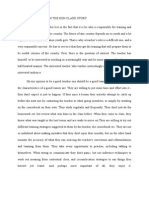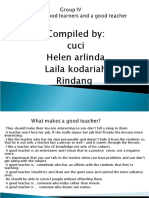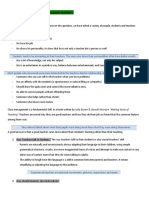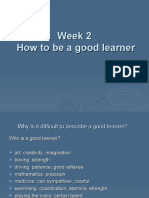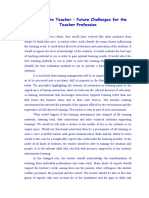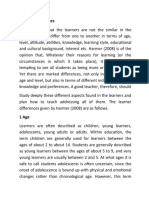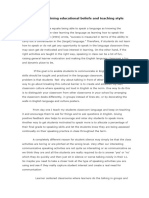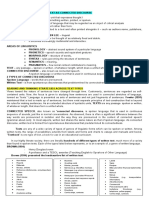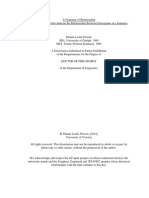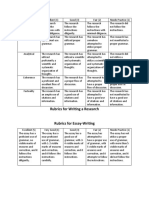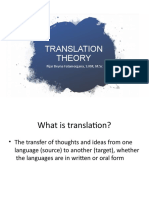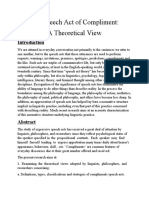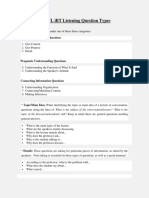100% found this document useful (1 vote)
230 views3 pagesHow To Be A Good Learner
Uploaded by
samirasamira123msCopyright
© © All Rights Reserved
We take content rights seriously. If you suspect this is your content, claim it here.
Available Formats
Download as DOCX, PDF, TXT or read online on Scribd
100% found this document useful (1 vote)
230 views3 pagesHow To Be A Good Learner
Uploaded by
samirasamira123msCopyright
© © All Rights Reserved
We take content rights seriously. If you suspect this is your content, claim it here.
Available Formats
Download as DOCX, PDF, TXT or read online on Scribd
/ 3



